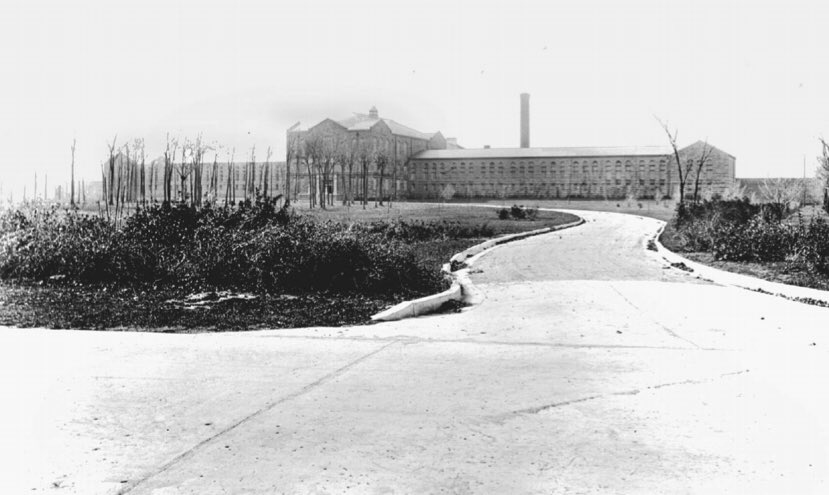
By Kris Leonhardt
Editor-in-Chief
Continued from the previous edition
By early October 1898, work on the reformatory had reached the fourth floor.
A small delay in brick production slowed progress, but by the end of the month the fourth tier looked to be finished soon; however, a delay in the arrival of the roof iron caused another standstill.
Community leaders remained optimistic, however, despite continued issues, delays and uncertain funding.
“The total estimated amount which the state will expend for the reformatory buildings alone is $600,000. Seventy-five thousand dollars of this sum has already been appropriated; $250,000 additional will be required of the next legislature to complete the cell wing, now begun, and the administration portion of the building,” Green Bay Business Men’s Association Secretary M.J. McCormick explained in an open letter in the Press-Gazette.
“Between $5,000 and $6,000 per month is being expended in Green Bay now by the general superintendent of the reformatory for supplies and material. When the building is completed and the full quota of inmates is here, the reformatory will be of incalculable value to us in a business way.”
On Dec. 27, a state legislative committee appointed by Gov. Edward Scofield visited the reformatory to evaluate the need for additional funding, as the state board of control had settled on a lesser number for the remaining funding for running expenses and continued work on the facility.
On Feb. 23, the reformatory was opened to the public, as hundreds took advantage of the opportunity to inspect the facility with 104 cells of the north wing completed and ready for its residents.
Meanwhile, the appropriation still remained in question.
By March 8, the inmates were moved from their temporary housing and plans were developing on moving some of those at the appropriate age from Waupun.
A bill for the remaining funding did not pass through both houses until two months later, with local Assemblyman Thomas McGrath championing it all of the way through.
In March, a letter went out from the state board of control to judges around the state announcing the opening of the facility and asking them to direct offenders there, instead of the Waupun prison, which was already at capacity.
“The chief object sought to be attained in the establishment of this institution is the reformation of young men who have entered upon a career of crime and have thus become a menace to society. To accomplish this purpose, the most approved educational and industrial reformatory methods and the most intelligent and watchful supervision has been liberally provided by the legislature for the benefit of the inmates…,” the letter stated.
By April 10, the reformatory was home to 38 inmates.
Reformatory staff members were barred from using the word prisoners for those in custody, to keep in line with the purpose of the institution in reforming those residing there.
Continued in an upcoming edition
Click here to go to the previous segment: Part III
